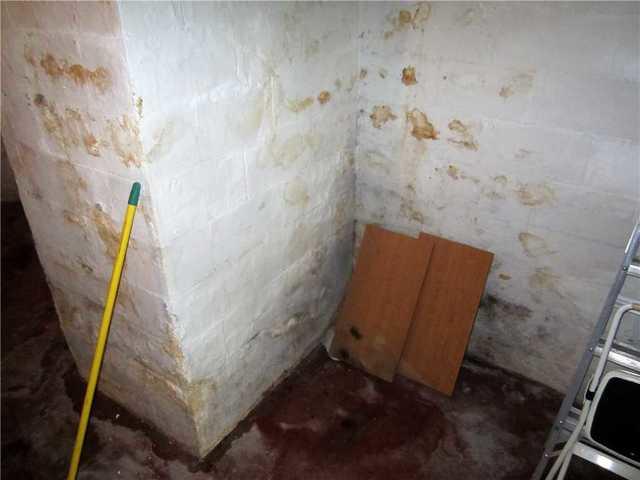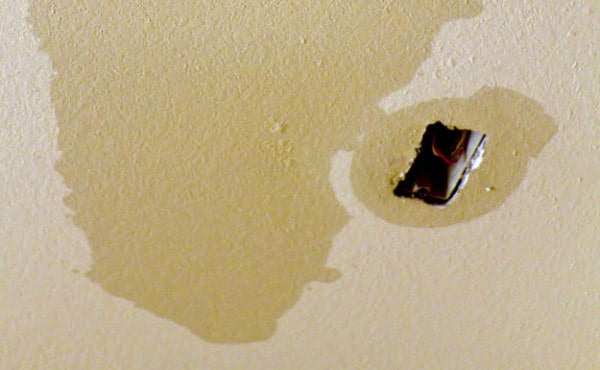Spotting Stains from Water on Walls - Guidelines to Assess and Address Them
Spotting Stains from Water on Walls - Guidelines to Assess and Address Them
Blog Article
Listed here in the next paragraph you can locate a lot of quality insight related to How to Remove Water Stains from Walls and Ceilings.

Water spots on walls are not pleasant to the eyes. Your residence should lack discolorations on the walls, roofing system, or floorings. That is the ideal state of a residence and its structures. In some cases it seems nearly inescapable to experience water stains on wall surfaces in houses.
Home owners residing in moist regions frequently take care of the worry of water stains on walls. Yet that doesn't need to hold true for you. With well-shaped as well as exact details on the reasons for water stains and also punctual repair service procedures, you will certainly always be an action ahead of such events. So, this post guarantees to be a valuable guide for you.
3 Common Causes of Water Discolorations on Walls
Contrary to popular belief, water spots on wall surfaces do not always stem from bad structure materials. There are numerous sources of water spots on wall surfaces. These consist of:
Moist
When warm wet air meets with dry cold air, it causes water droplets to base on the walls of structures. When there is vapor from food preparation or showers, this takes place in kitchen areas as well as washrooms. The water beads can tarnish the bordering walls in these parts of your residence as well as spread to other locations.
Wet or condensation impacts the roofing system and also wall surfaces of structures. This causes them to show up darker than various other locations of the home. When the wall is wet, it produces an appropriate atmosphere for the development of fungis and germs. These might have adverse impacts on health, such as allergic reactions and respiratory disorders.
Poor Drainage
When making a building strategy, it is important to make sure adequate drain. This will stop water from permeating right into the wall surfaces. Where the drainage system is obstructed or missing, underground dampness accumulates. This web links to extreme dampness that you discover on the walls of your structure.
The leading cause of wet walls, in this situation, can be a bad drain system. It can also be due to inadequate monitoring of sewer pipes that run through the structure.
Pipeline Leaks
Most houses have a network of pipes within the wall surfaces. This guarantees that the pipelines are faraway from the reach of damaging rats. It constantly increases the practicality of such pipelines, as there is little oxygen within the wall surfaces. This inhibits rust.
A disadvantage to this is that water leakage affects the wall surfaces of the building as well as causes extensive damages. An indicator of faulty pipes is the appearance of a water tarnish on the wall.
Pro Idea
A houseplant in your home also boosts its humidity. If the home is currently humid, you might want to introduce houseplants with very little transpiration. An example of appropriate houseplants is succulents.
Water Spots on Wall Surface: Repair Tips
House owners would typically want a quick fix when handling water discolorations. They would certainly soon recognize this is counterproductive as the water discolorations persist. Right here are a couple of useful pointers that will certainly direct you in the repair of water discolorations on wall surfaces:
Conclusion
Although no person wants to have water stains on walls in their home, it can occur to the very best of us. This short article provides you leverage, as you currently know exactly how to manage this accident if it does happen.
It is constantly best to recruit expert solutions to aid repair the problems in your house.
Sometimes it appears virtually inescapable to experience water discolorations on wall surfaces in homes.
In contrast to preferred idea, water stains on walls do not always stem from inadequate building products. There are several reasons of water spots on wall surfaces. The water droplets can stain the surrounding wall surfaces in these parts of your house as well as spread to other areas.
Below are a couple of handy pointers that will certainly direct you in the repair work of water stains on wall surfaces:
CHECKING FOR WATER DAMAGE
Water damage can be costly, and it may begin before you even notice the first signs of trouble. Water damage can cause mold and mildew in your walls and floors, which can create an abundance of health concerns for your family. It can also lead to costly repairs of various appliances and general home fixtures. To avoid the pricey consequences of water damage, here are Warner Service’s top 5 places you should check:
The walls – The easiest place to spot the beginnings of water damage is on the walls and ceilings of your home. If water damage is present, there will most likely be water stains, especially around the windows and doorframes, and/or cracks in the drywall. If a stain looks unusual (discolored to brown, black or gray, raised texture), has a swollen appearance or is soft to the touch, contact a professional immediately. The pipes – To avoid water damage, consistently check the pipes in your kitchen (especially the dishwasher and ice maker), bathrooms, laundry room (specifically washing machines) and basement for corrosion, leaks and water stains. Pay special attention to where the pipes connect in your home and the location of caulking around the bathroom fixtures, including toilets, sinks, showers and tubs. Missing or loose caulking and grout could be signs of leaking water. This seepage can also quickly cause mold and rust, so double check your water heater and tank for wet spots on the floor. The floor – Water damage is very easy to spot on the floor. Look for any warping or buckling of the material, especially in the basement. If your home has wood flooring, look for bright white or dark stains. If your home has carpeting, keep it dry and clean. A damp carpet that smells of mold could cause water damage and health problems. To avoid this, consider installing floor pans under your appliances to help prevent damages from small, slow and undetected leaks. The basement and attic – If your basement or attic smells odd check for mold and mildew around the area, especially the valley where the roof meets. While you are inspecting those areas, check for wall cracks, floor stains, rust and dampness in the insulation. If you live in a colder and/or rainier climate, perform routine checks for water damage from melting snow or ice and rain. The exterior – Check the roof for damaged flashing and missing, cracked or curled shingles. There should also be no standing water anywhere outside your home. This could be caused by puddles, leaky rain gutters or hoses, poor drainage, or short gutter spouts. Invest in a sump pump system or water flow monitoring system, and perform routine maintenance on these outdoor appliances to avoid indoor water damage.

I hope you enjoyed our topic on Indicators of Water Damage Behind Walls. Thank you for spending some time to browse our blog post. Enjoyed our write up? Please share it. Help somebody else locate it. Thanks a lot for your time. Come back soon.
Visit Our Website Report this page